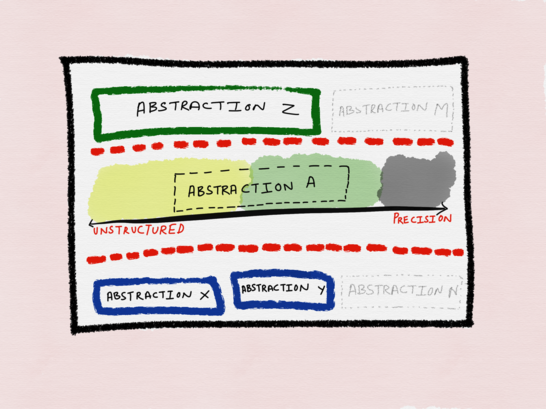Auth Serve is a lightweight starter template for spinning up your own authentication and authorization server with OAuth2.0 baked in.
Let’s be real: nobody starts a new project excited about building an auth system. You just want to ship your SaaS idea or CRUD app, and suddenly you’re knee-deep in tokens, scopes, and role management.
Auth-Serve gives you a ready-made auth server with Role-Based Access Control (RBAC) built in. Drop it into your stack, wire it up to your services, and you’re good to go. Less boilerplate, more building.
- Auth-serve uses uv package manager, so make sure you have it installed.
- After cloning the repo, simply run make server and get started!
- Go to http://localhost:8000/docs and start exploring.
- You can use the example provided to see how you can structure your microservice for auth-serve in example.
-
Services
A logical part of your system, usually representing a domain or microservice.
Examples: auth, billing, projects. -
Resources
The specific objects within a service that users interact with.
Examples: user, invoice, project. -
Users
The people (or systems) interacting with your system. Users are authenticated, and their permissions determine what they can or cannot do. -
Roles
Collections of permissions that can be assigned to users. Roles let you group common access patterns together. For Auth-Serve, system defined roles include: owner, admin, user. -
Permissions
Fine-grained access rules that follow a {service}.{resource}.{action} pattern attached to each role.
Examples:- auth.user.read (can read user info)
- billing.invoice.create (can create invoices)
- projects.project.delete (can delete a project)
Together, these concepts let you enforce Role-Based Access Control (RBAC) across your entire system in a consistent and predictable way.
Using these concepts, in Auth Serve, the following resources are available:
- User – Handles signups, logins, and user invitations (e.g. user-add).
- Role – Allows creating and managing roles, including attaching permissions to them.
- Permission – Lets you create and manage the set of permissions available in the system.
When a new user signs up, an organization is automatically created for them. The first user in that organization becomes a super user with the role owner.
The owner role comes preloaded with system-level permissions:
- auth.user.{read,write,delete,all} – Full control over managing users.
- auth.role.{read,write,delete,all} – Full control over roles, including creating and deleting them.
- auth.permission.{read,write,delete,all} – Full control over system permissions.
With these, the owner can:
- Add or remove users from their organization.
- Assign roles to users (either existing roles or new ones they create).
- Manage which permissions are attached to which roles.
Users with the admin role start with a more limited permission set:
- auth.user.{read,write,delete,all}
- auth.role.read
- auth.permission.read
This means:
- Admins can fully manage users (add, update, delete).
- They can view all roles and permissions in the system.
- But they cannot create or delete roles/permissions — those actions are reserved for the owner.
- This can only be changed by a user with the owner role by assigning them those privilleged permissions.
In short:
- Owner = full control over users, roles, and permissions.
- Admin = full control over users, but only read access to roles and permissions, unless altered by Owner.
- Implement caching for faster reads. You can check it out here.
- Implement more fine-grained access controls.
.png)


